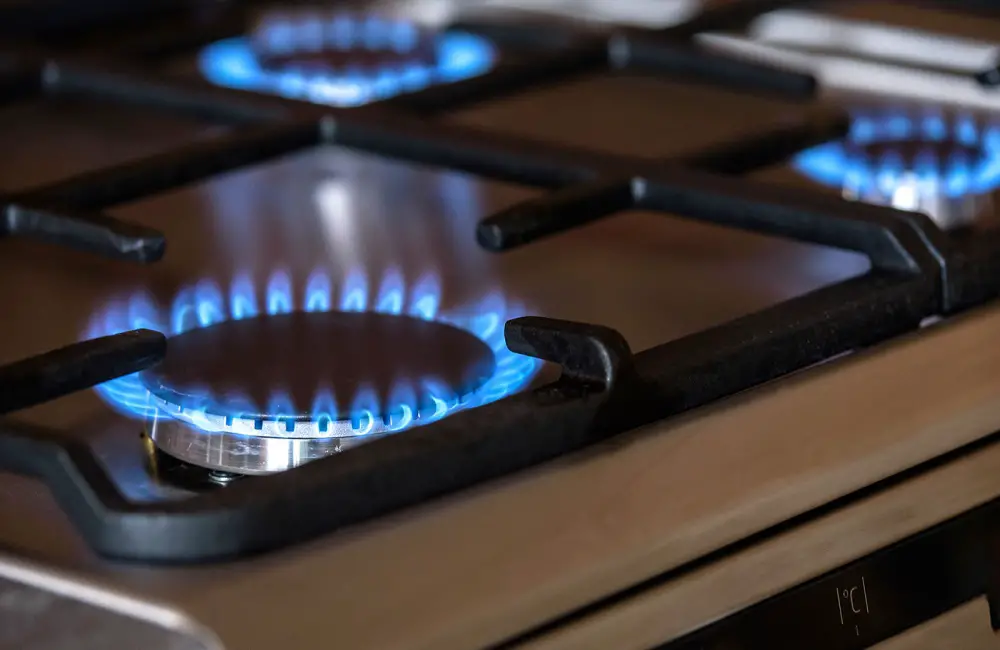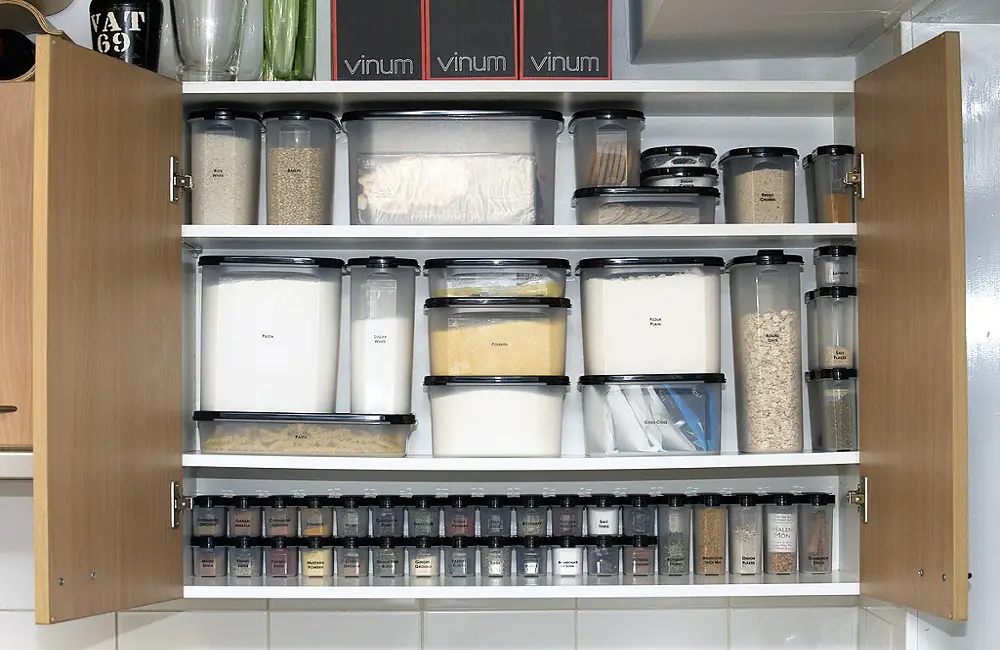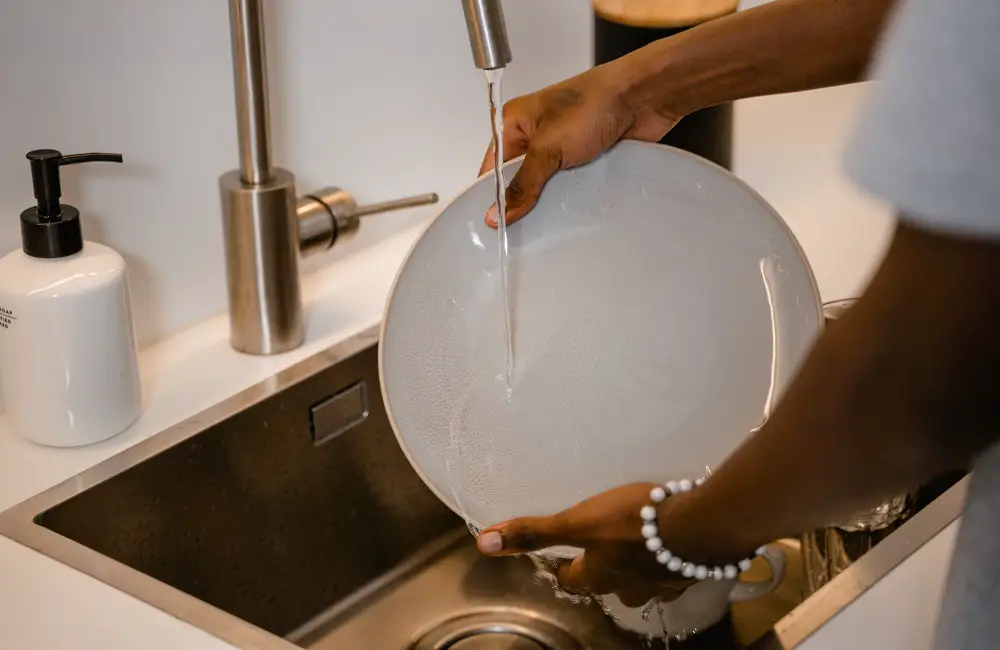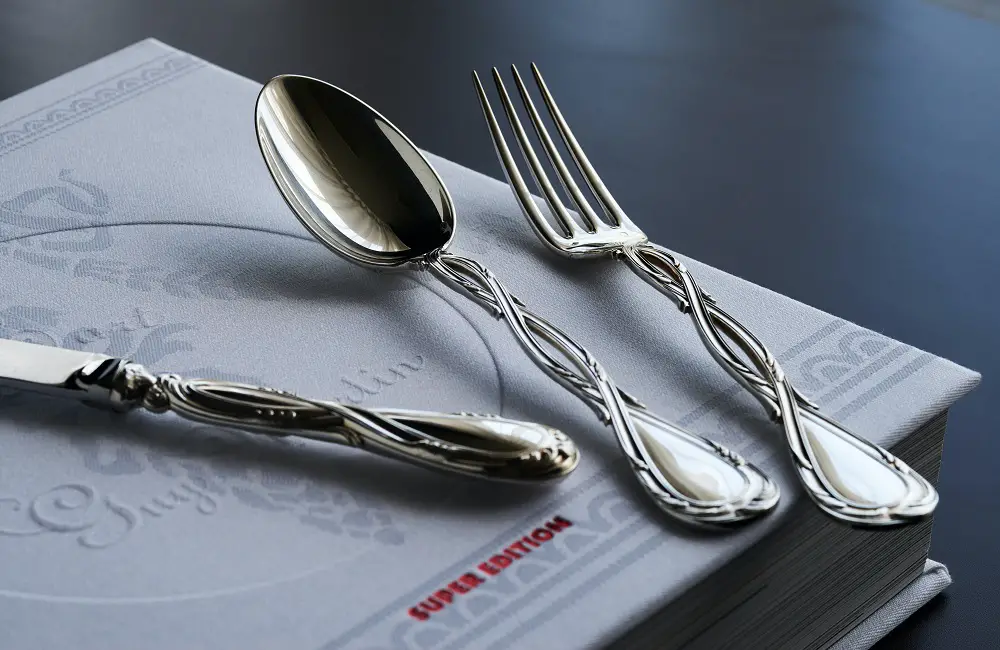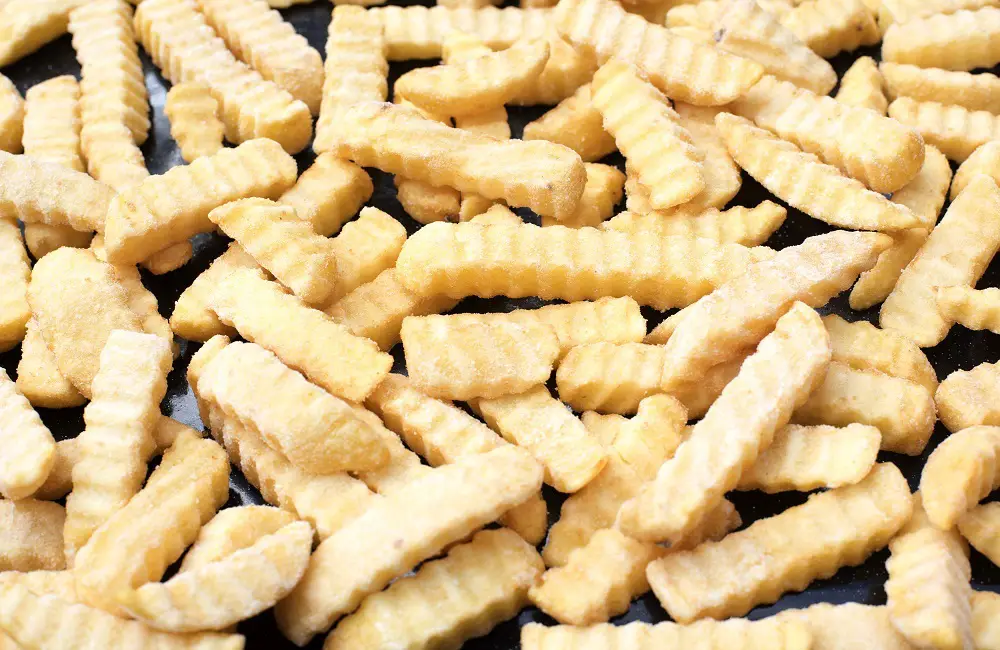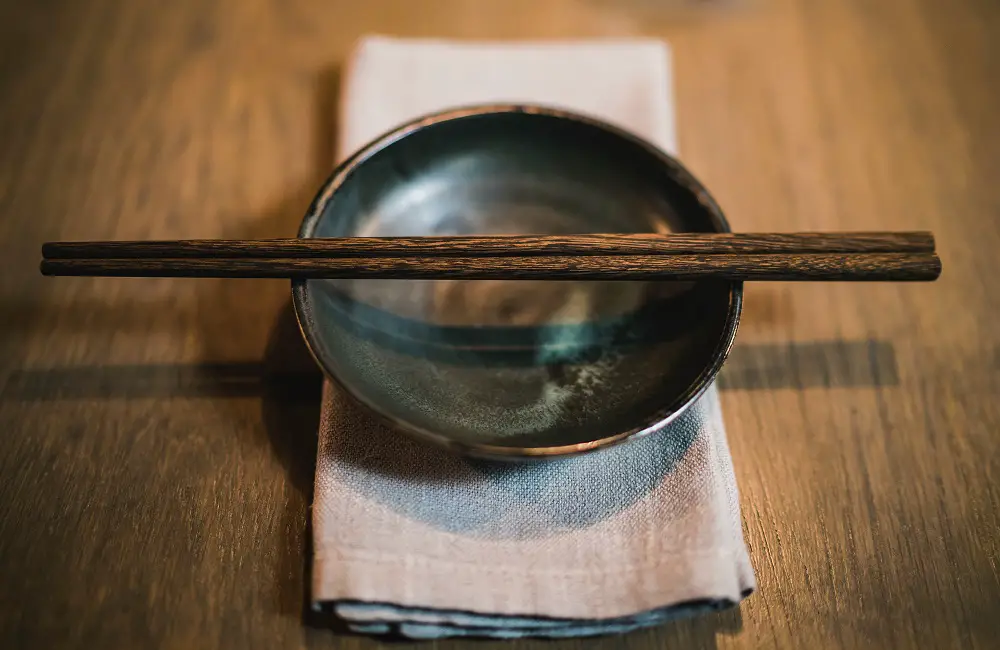How To Declutter Your Kitchen? 8 Easy Steps
If you are currently seeking guidance on how to effectively declutter your kitchen, then I have compiled 8 practical steps that will surely assist you in this endeavor. As we transition from spring to summer, it is not uncommon for our routines to be disrupted by the presence of kids and the numerous family outings that come with the season. Consequently, our household chores may have taken a backseat, resulting in a cluttered kitchen populated by an assortment of items ranging from beach towels and toys to neglected dirty dishes. To restore order and reclaim the functionality of your kitchen space, it is crucial to undertake the process of decluttering and reorganizing. Allow me to present a concise breakdown of the steps involved in this transformative process that will ultimately enhance your culinary experiences and overall kitchen ambience. How to Declutter a Kitchen in 8 Easy Steps Remove Everything that Doesn’t Belong in Your Kitchen In many households, the kitchen table and countertops often become a catch-all for various items that don’t belong there. For instance, you may find magazines, electronic games left by your children, beach towels, or even shoes that were recently worn, cluttering up your kitchen space. To begin the decluttering process, it’s important to remove all these items that simply don’t belong in the kitchen. There are a couple of approaches you can take. One way is to use a basket and gather all the items to be put away later. Alternatively, you can put each item away as you pick it up to discourage your kids from leaving things around. To further motivate your children, you can even introduce a playful element by charging them a small “ransom” to get their items back. This can be deducted from their allowance or assigned as an additional chore. Take the opportunity to put beach towels and other cloth items into the laundry, and promptly dispose of any trash you come across. By removing all the items that don’t belong in your kitchen, you will notice an immediate reduction in clutter and a more organized space overall. Tackle the Dishes Next In order to effectively declutter your kitchen, it is important to follow a systematic approach. Begin by first addressing the clean dishes that have been left in the dishwasher or strainer. Take the time to put them away, ensuring that they are no longer occupying any valuable space. Next, shift your attention towards the dirty dishes scattered throughout the sink and kitchen counter. Ensure that each individual dish is rinsed off before loading them into the dishwasher. This will allow the dishwasher to efficiently clean your dishes while you proceed with the other tasks involved in organizing your kitchen. Lastly, if you come across any dishes that are not suitable for the dishwasher, make it a point to hand wash them thoroughly. Once clean, proceed to store them away in their designated spot. Remember, by adhering to this structured process, you will achieve an organized and clutter-free kitchen space. Declutter Your Kitchen Counters and Other Surfaces To begin decluttering your countertops and achieve a neat and organized kitchen, take a moment to inspect the area for any items that don’t belong. This includes small appliances such as hand mixers or food processors that may have been left out on the cabinet. Prioritize returning these appliances to their designated storage areas, while ensuring you wipe them down for cleanliness. Once you have completed this task, you will find that your countertops appear significantly tidier and less chaotic. At this stage, you can focus on conducting a minor general cleaning to restore your kitchen to a sparkling clean state. Declutter Your Kitchen Cabinets To maximize efficiency in your kitchen, it’s time to declutter and organize your cabinets. Start by getting rid of anything that is no longer needed or used, such as cracked or broken glasses, coffee mugs, and plastic containers without lids. This step will help create a more streamlined and functional space for your cooking and storage needs. Clean Up Surfaces To ensure a pristine kitchen, take a moment to gather your kitchen cleaner and thoroughly clean your countertops, stove, refrigerator, and other surfaces. Don’t forget to clean the sink, leaving it sparkling clean. Additionally, consider wiping down your cabinet doors and the front of your cabinets to refresh the overall appearance of your kitchen. Declutter Your Kitchen by Getting Rid of Things You Don’t Need In order to declutter your space effectively, here are several items that you can throw away today without hesitation: By decluttering these items, you can create a more organized and efficient living environment without any regrets. Sweep and Mop Your Kitchen Floor To ensure a spotless and hygienic kitchen, follow these steps. Firstly, if you have any accent rugs on your kitchen floor, take them outside and give them a vigorous shaking to remove any dirt or debris. Next, meticulously sweep the entire kitchen floor to eliminate any loose particles. Lastly, proceed to mop the floor thoroughly, leaving it shining and sparkling clean. By diligently following these instructions, you will be able to achieve a pristine kitchen environment. Taking Care of those Odds and Ends After restoring order to your kitchen, remember to put away the dishes as soon as the dishwasher completes its cycle. Additionally, make sure to replace your used dish towels on the towel rack with fresh and clean ones. Final Verdict So, these are the 8 different ways you can follow to declutter your kitchen properly. I did these 8 steps and my kitchen became cleaner and more clutter-free than before!
How To Declutter Your Kitchen? 8 Easy Steps Read More »


